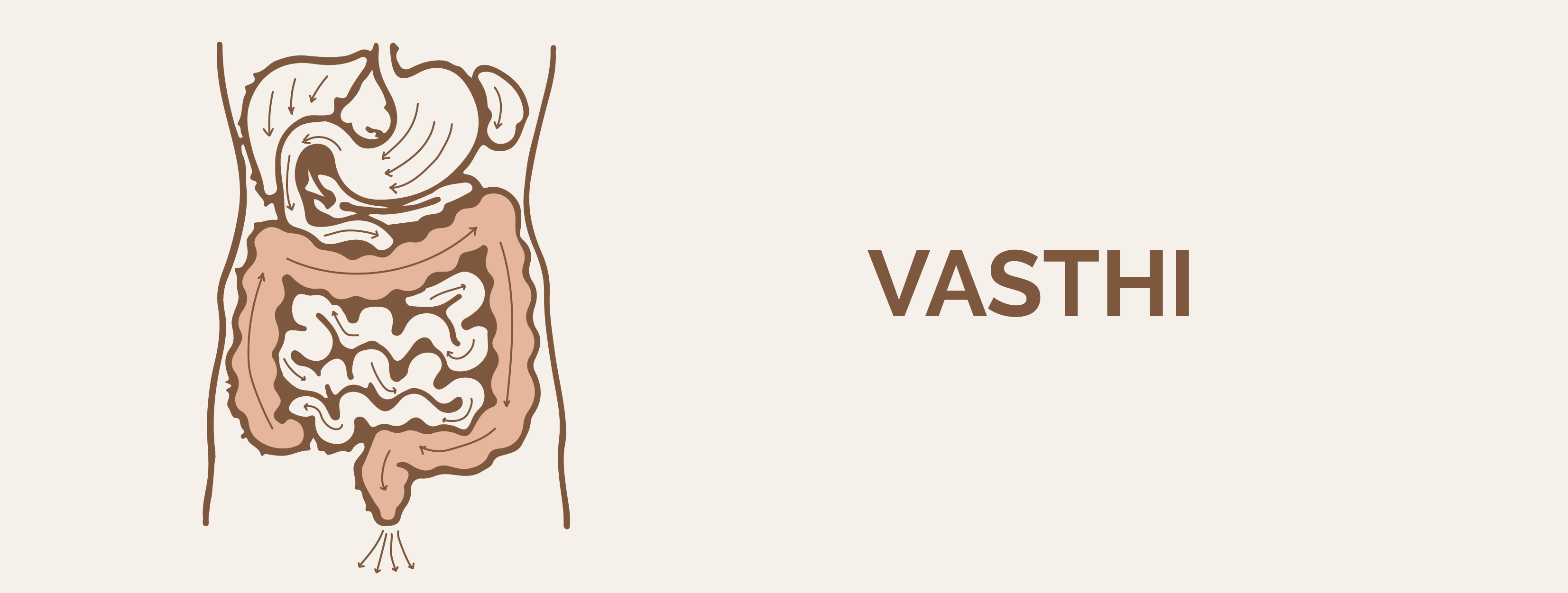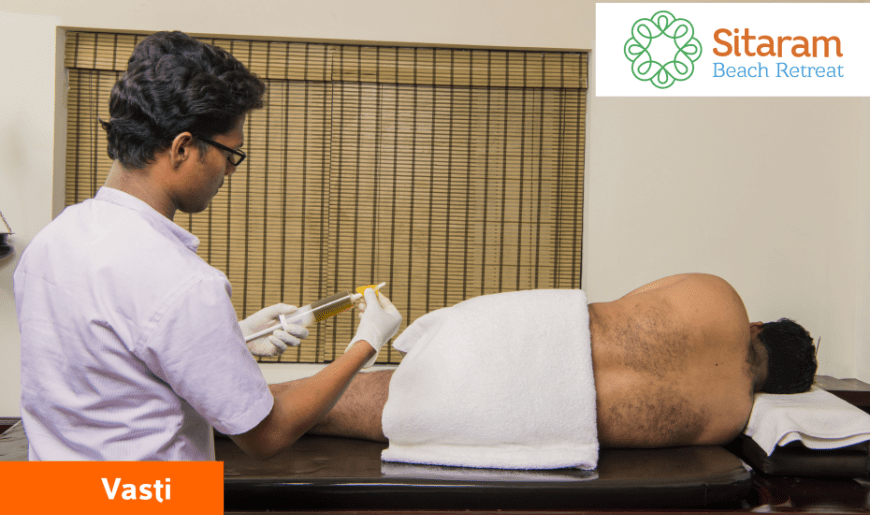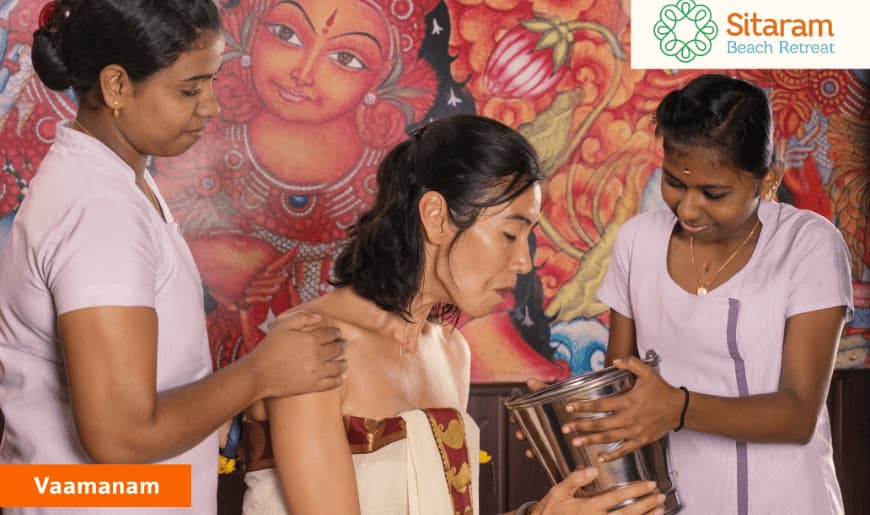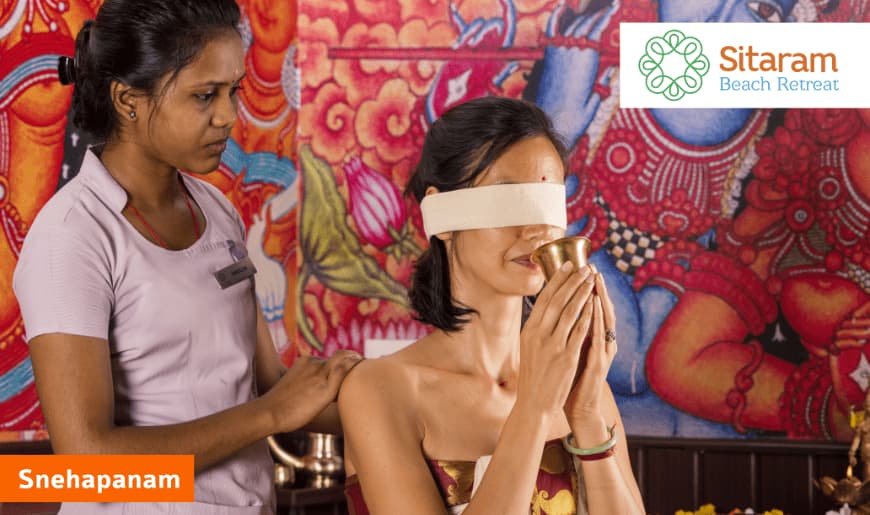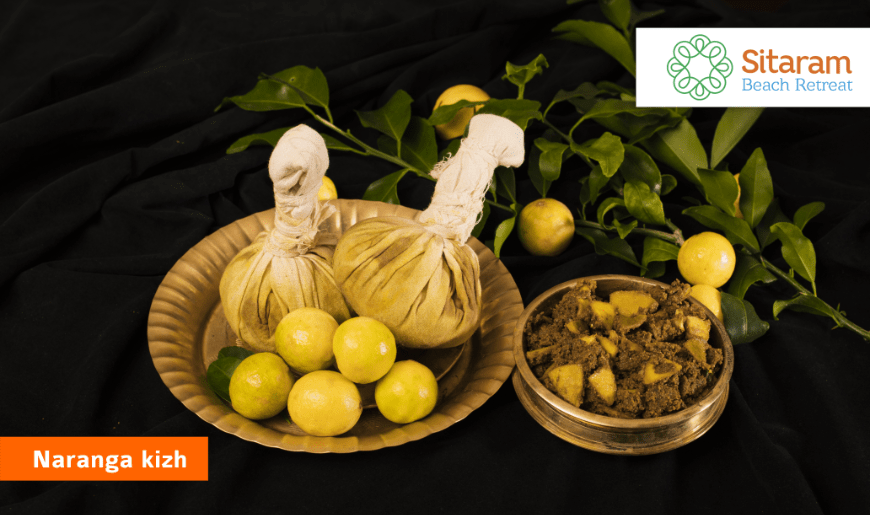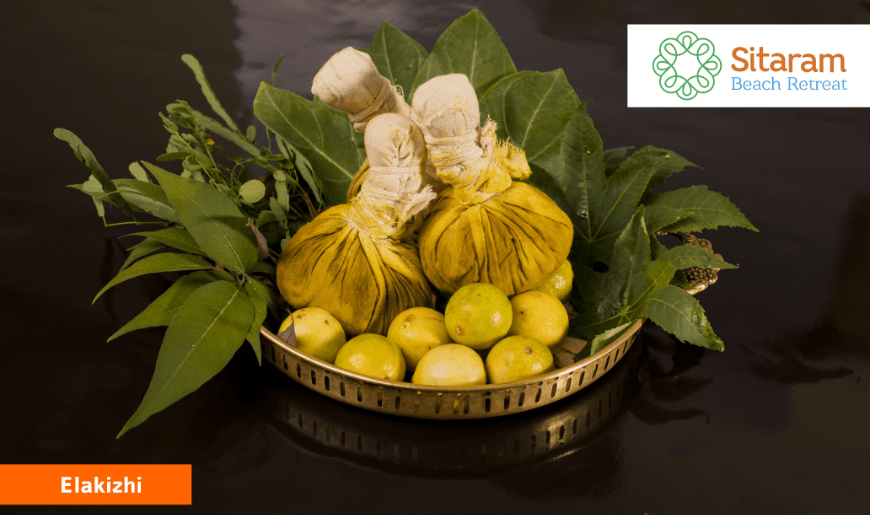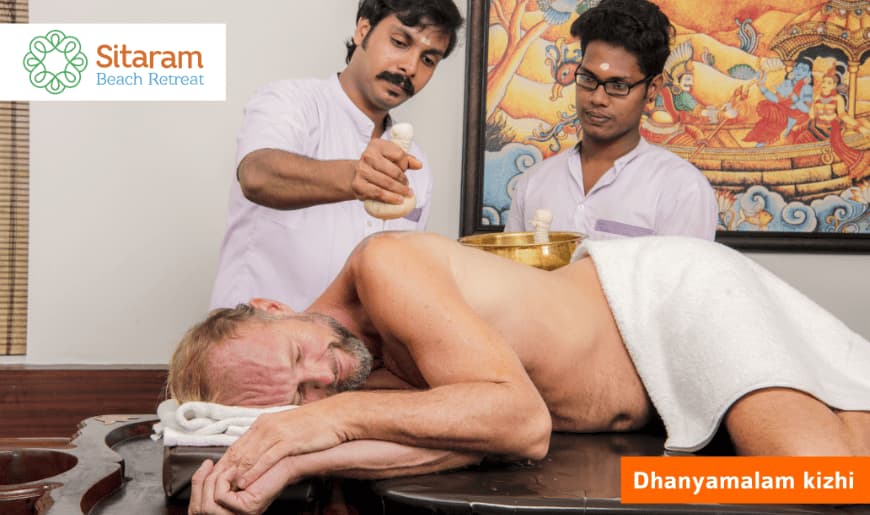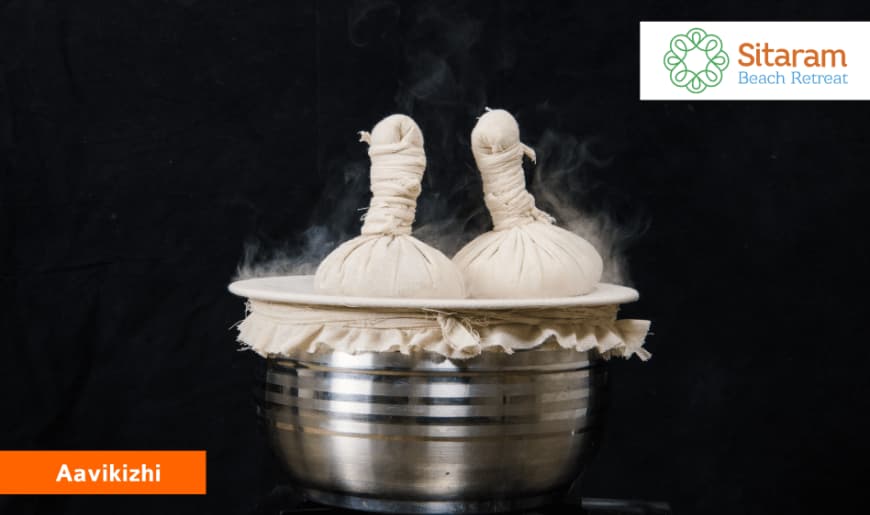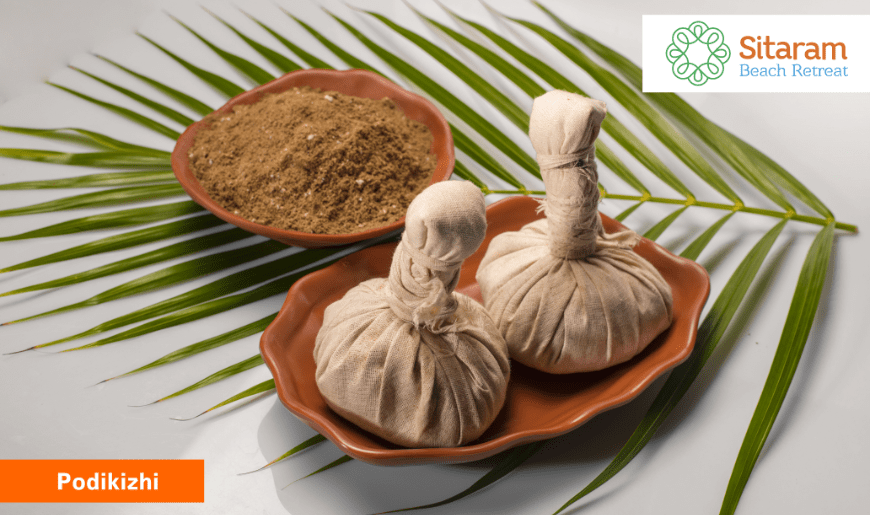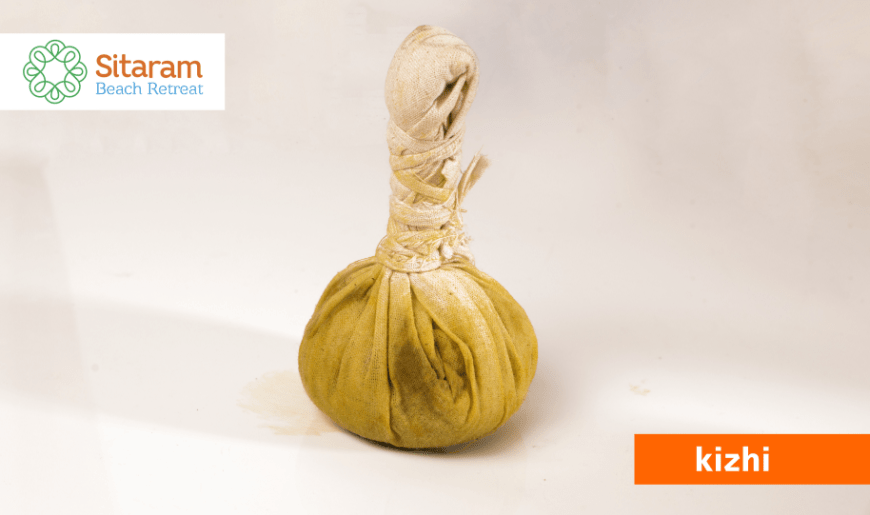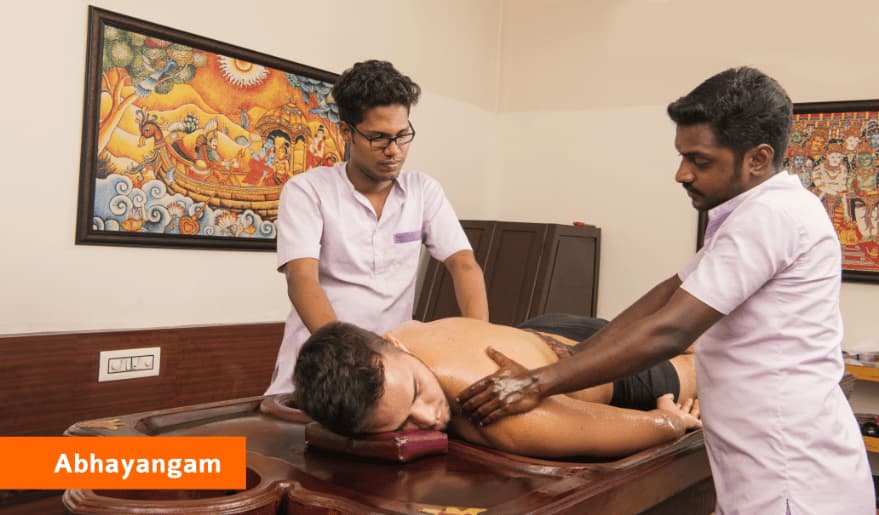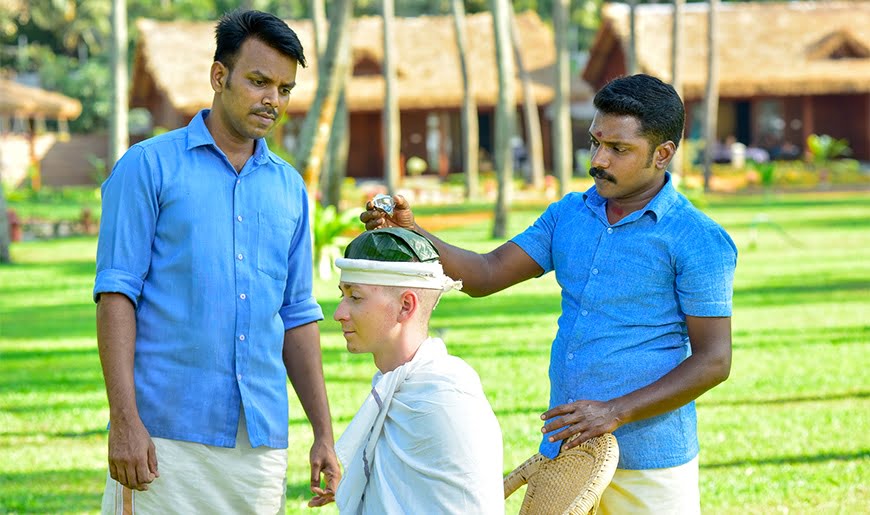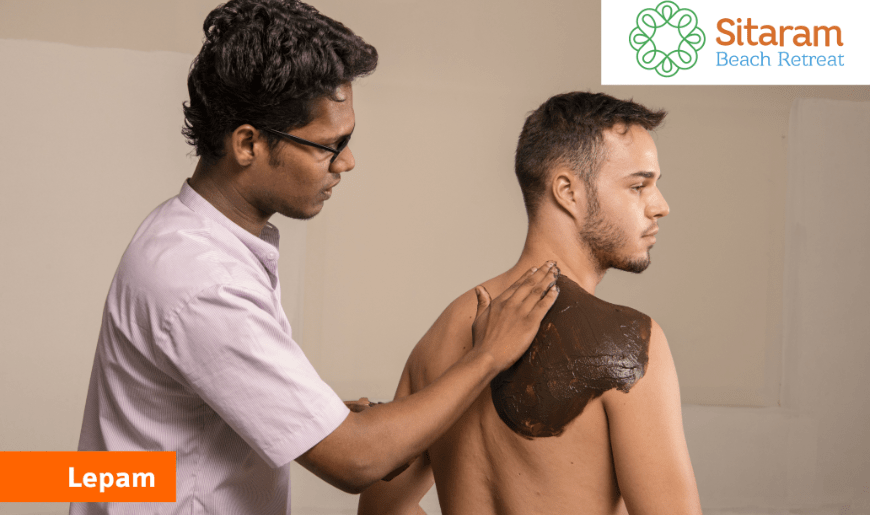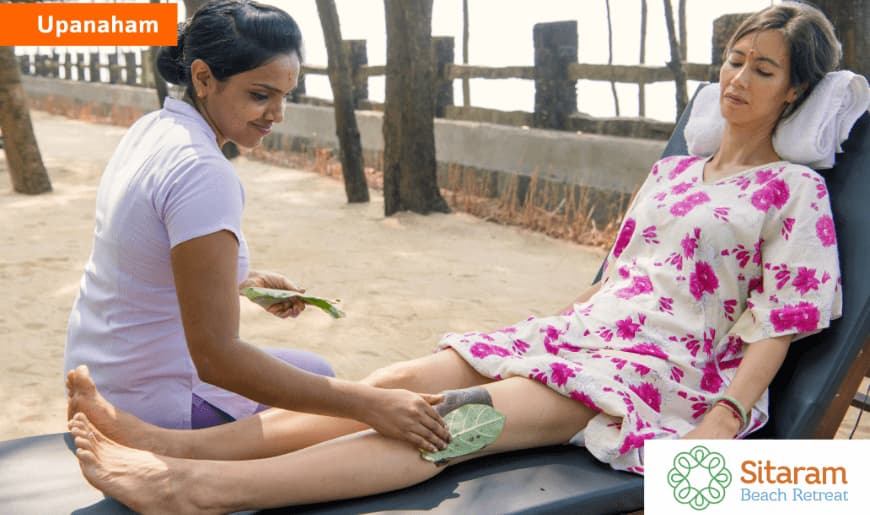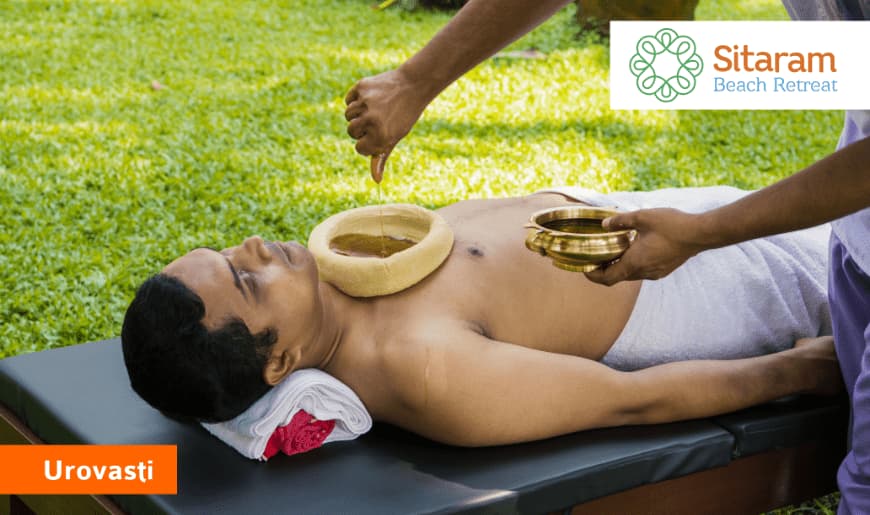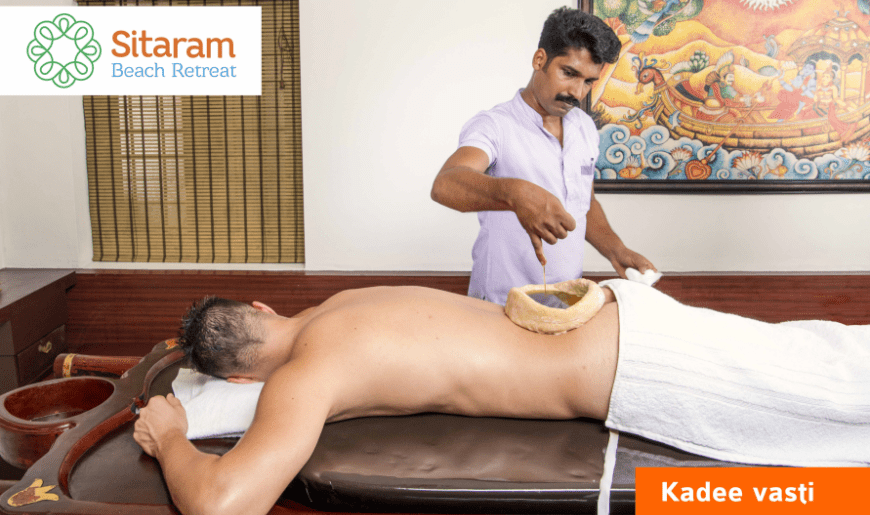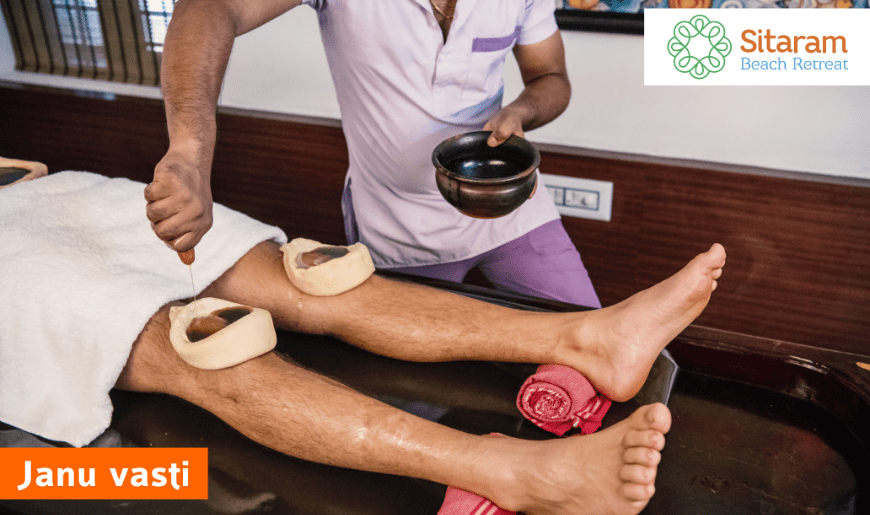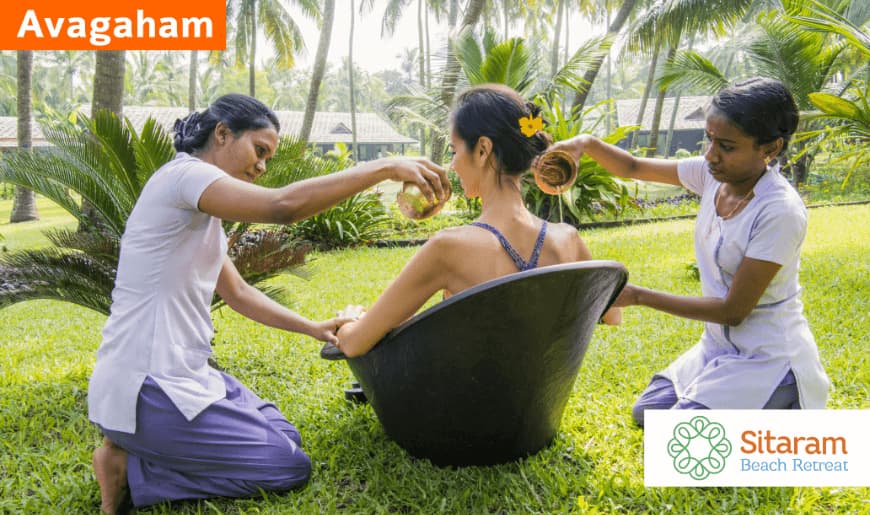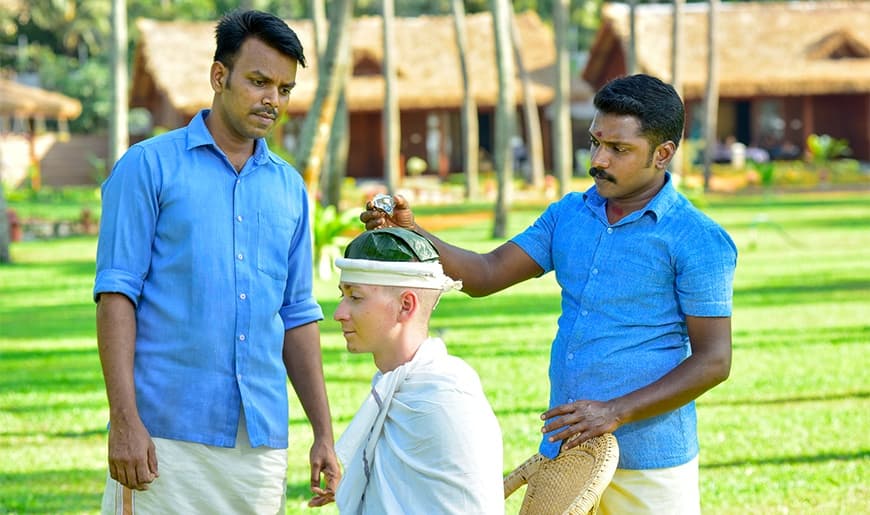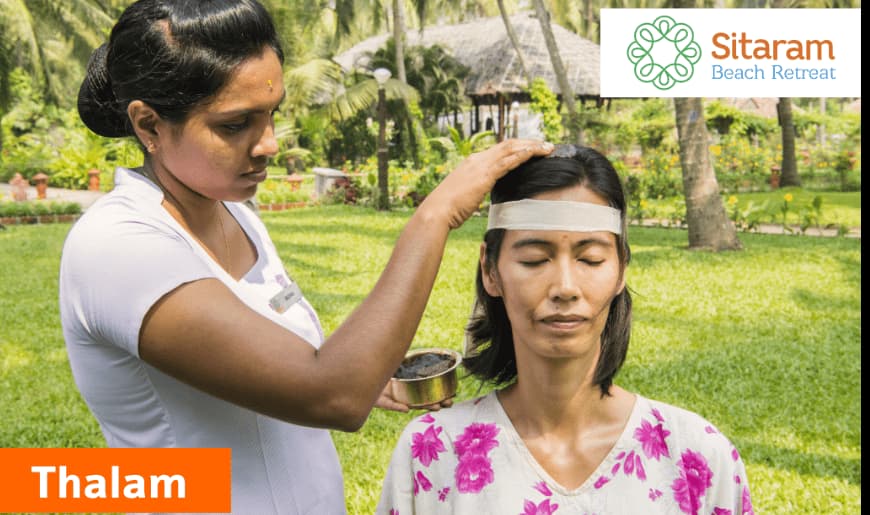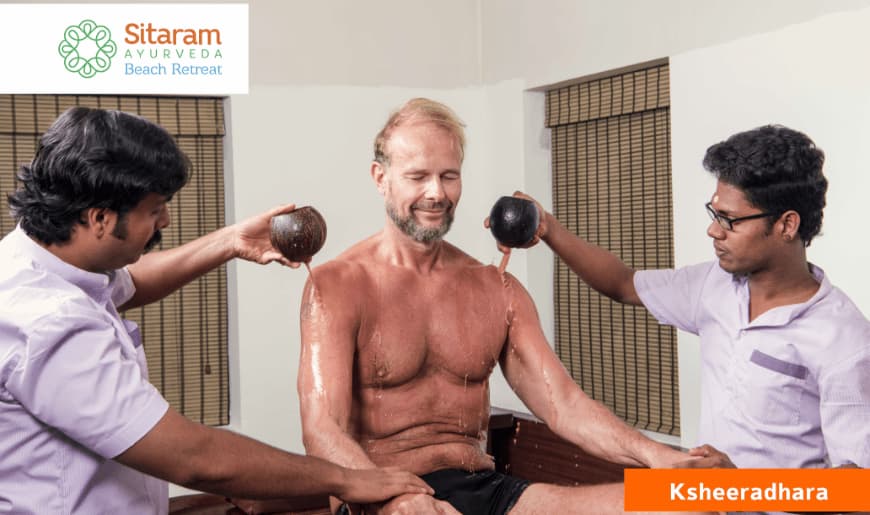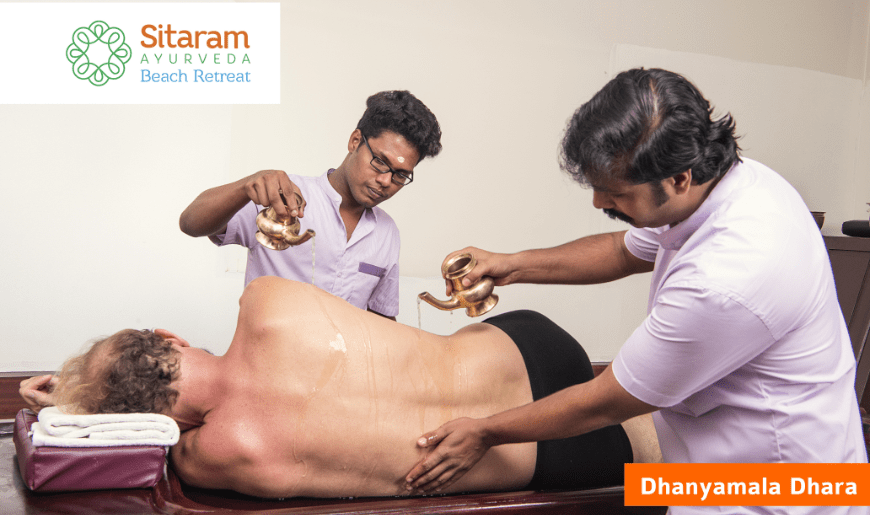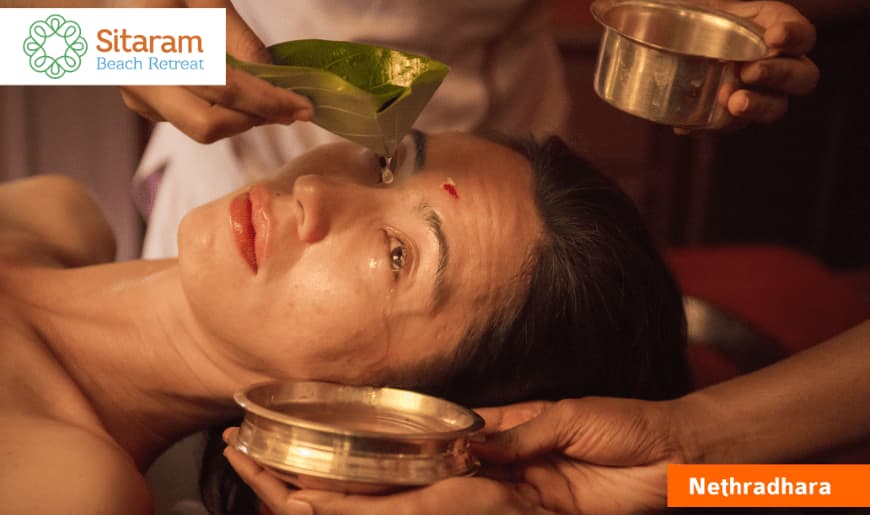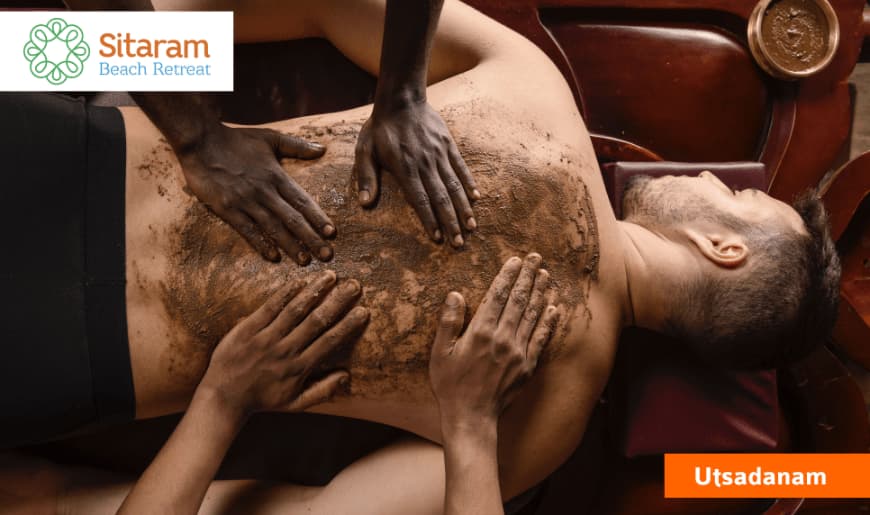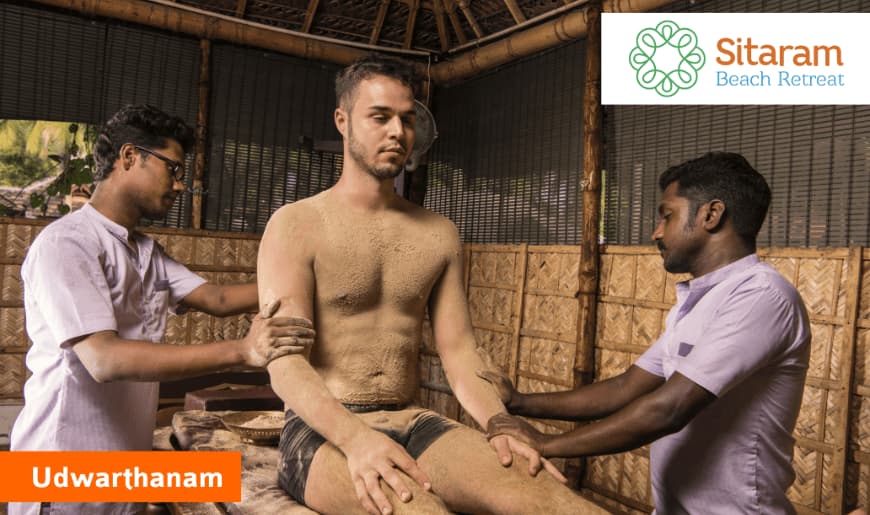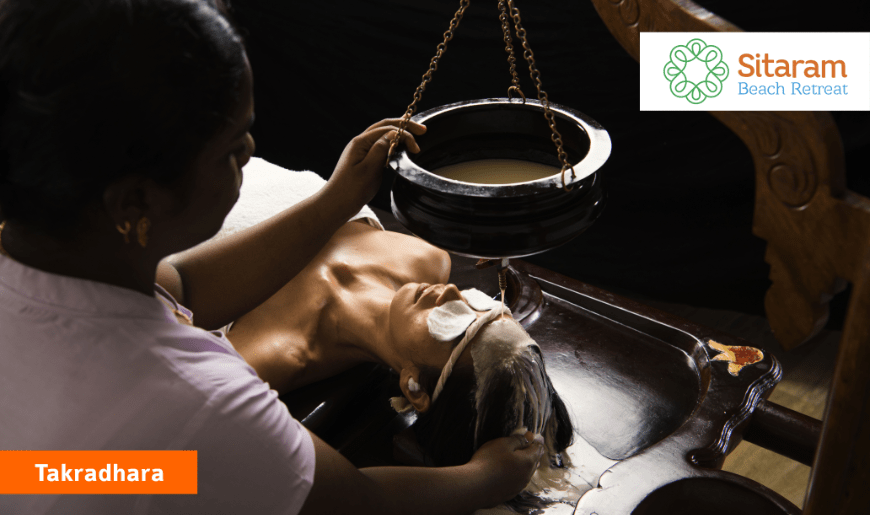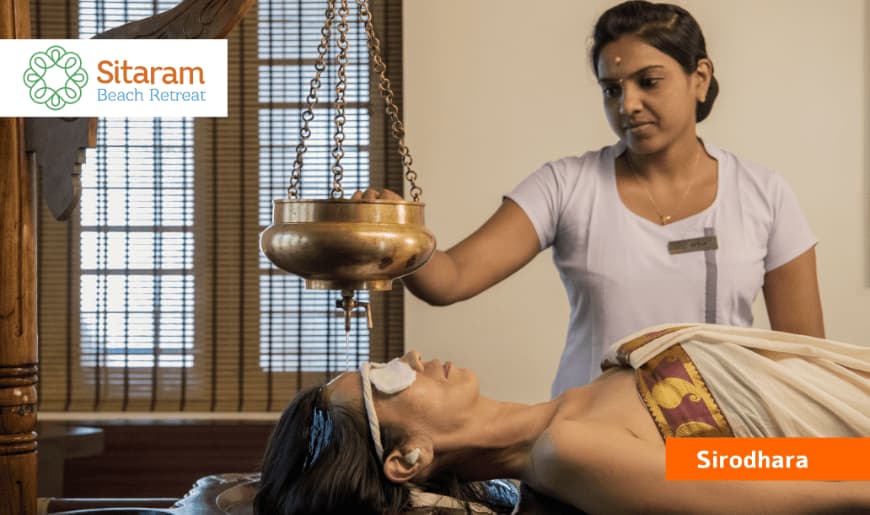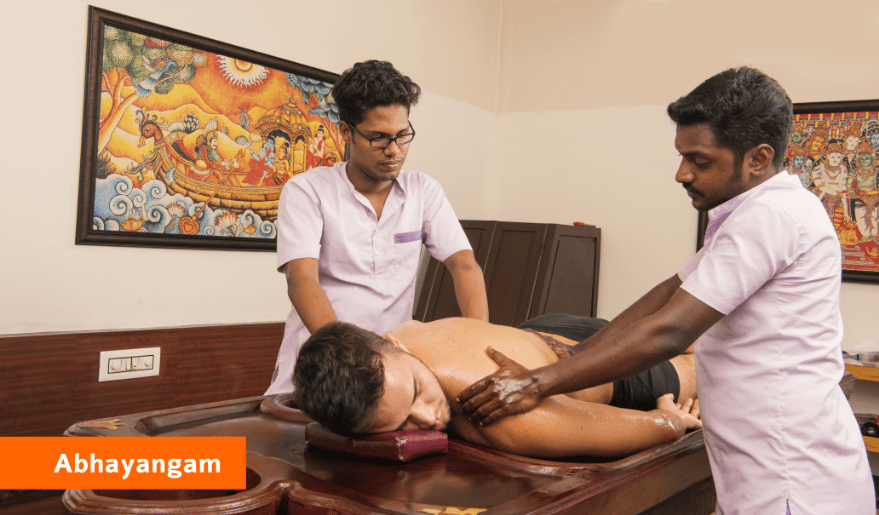
RAKTAMOKSHANA
Rakthamokshana or bloodletting is a surgical procedure included in panchakarma.
It is done using different methods like applying one or a few leeches on a specific part of your body, puncturing any of your veins or making several small punctures on a given part of your body in order to facilitate small quantities of blood to flow out of your body. This procedure is used to treat varicose veins, abscesses, skin diseases, alopecia, high blood pressure, various inflammations and conditions associated with spleen and liver.
Benefits
Rakthamokshana is done to remove deep-seated circulating toxins from the blood. It relieves stagnation and congestion in varicose veins. It improves circulation to a specific area, reduces inflammation and improves healing of a specific location along with the entire system in general.
Procedure
Rakthamokshana by vein puncture
- It is done usually in the morning or in the late afternoon.
- The doctor will select a prominent vein for the puncture.
- The skin around the site of the puncture will be cleaned using antiseptic.
- Your eyes will be covered using a cotton pad and bandage.
- A tourniquet will be tied above the site of puncture.
- The vein will be pricked using a sterile needle.
- Blood will flow out and will be collected in a glass measuring jar.
- After a few minutes, the flow will stop by itself or it will stop once the tourniquet is released.
- The needle will be removed and the site will be again cleaned and a bandage will be applied.
Rakthamokshana by applying leeches:
- This is done usually in the morning or in the late afternoon.
- The skin in the area to be treated will be cleaned using antiseptic.
- The site will be washed using a medicated liquid.
- Your eyes will be covered using a cotton pad and bandage.
- One or two small needle pricks will be applied on the skin to let out a drop of blood.
- One or a few leeches will be applied to the site.
- The leeches will suck blood and enlarge in size.
- They will let go when they are full/satiated.
- After the leeches are removed, the area will be again cleaned and disinfected using herbal medicines.
Rakthamokshana by making small cuts/ pricks on skin
- This is done usually in the morning or in the late afternoon.
- The skin in the area to be treated will be cleaned using antiseptic.
- The site will be washed using a medicated liquid.
- Your eyes will be covered using a cotton pad and bandage.
- The doctor will make several small cuts/ pricks over an area on the skin using a lancet or sterile blade.
- After the pricks are made, the oozed blood will be wiped off.
- The area will be cleaned using antiseptic.
- Herbal medicines will be applied over the area.
Note – We highly recommend blood donation as an effective method of Raktamokshana. According to WHO norms, a healthy individual (screened appropriately and eligible for donation) can donate up to 450 ml of blood every three months.
Do’s
- You will have to rest for a few hours after the procedure.
- You can have normal food during the day.
- Make sure that you have eaten well before the procedure.
Don’ts
- Avoid any strenuous activity on the day of rakthamokshana, especially after the procedure.


 retreat@sitaramayurveda.com
retreat@sitaramayurveda.com +91 813 8888 912
+91 813 8888 912

